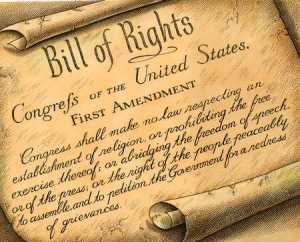Social Media Helping Society
In Coopers article he talks about technology and how it is helping society. Specifically he says that it is helping to bridge gaps between people as well as better communication. Most of what he says is fully in support of technology and social media and essentially says that technology makes everything better and fixes all problems. This is not the case, however, when it comes to social media.
Social media is an incredible thing. It helps people facilitate relationships that they would not otherwise be able to keep up with, it helps people to be more involved in each other’s lives when they are not physically near each other and it does a lot of other great things. Where my view differs from Coopers is that social media and technology is not all rainbows and butterflies, it has many drawbacks.
Facebook Causing Divorce
An article on NBC says that Facebook is cited in 20% of divorces and 80% of people going through a divorce are using Facebook to cheat. Obviously this is not the purpose of social media sites and the concept of it is good it is often used in a lot of negative ways.
Twitter Causing Stress, Anxiety, and Depression
There was also a study done at Michigan State university about how social media causes stress, anxiety, and depression. It found that the use of social media and other technological devices have increased by 20% and there has been a 42% increase in social anxiety. The study found that the constant checking for messages and constantly trying to post on social media has caused stress in many people which leads to anxiety and depression.
Cyber Bullying
Cyber bullying is an issue that many school age kids deal with. It can happen to adults as well but it is more prominent in the school age children just as physical bullying is more prominent in that age group. There are many examples of cyber bullying and it happens daily. An example from Cease Cyber-Bullying says “An autistic thirteen year old that’s sweet as can be just trying to make it through the days became a prime target of cyberbullying. Going through his days, and like any boy, he had that one crush. This girl that he had his eye on, had stuck up for him for a while but soon became the main bully. She pretended to like him and then made fun of him and said, she would never like a guy like him. As his pain got worse, he had a pen pal that was encouraging him to end his life. Ryan became so hurt, the he hung himself. All because of cyber-bullies.” Not all cyber bullying ends this drastically but it can and does happen and it is a huge drawback of the easy access people have to the Internet and to social media today.
Conclusion
Not all uses of social media cause harm to people or bring up negative things. Social media has many positives that I believe outweigh the negatives but we need to be aware that there are drawbacks that come with everything and we cannot assume that new technologies will only improve society when that is clearly not the case.
Sources
Coopman, T. M. (2011). Networks of Dissent: Emergent Forms in Media Based Collective Action. Critical Studies In Media Communication, 28(2), 153-172. doi:10.1080/15295036.2010.514934
http://www.depressionanxietydiet.com/how-social-media-causes-depression-anxiety/
http://www.nbcbayarea.com/blogs/press-here/Facebook-Causes-Divorce-121123344.html#
https://sites.google.com/a/cypanthers.org/cease-cyber-bullying/real-life-examples-of-cyber-bullying







